
Peel-and-stick wallpaper is a fantastic way to add visual interest to your space without damaging the walls beneath when removing the paper later – however, you may have your heart set on the design of a certain regular wallpaper. We have the perfect solution to this issue; you can turn your regular wallpaper into peel-and-stick with these simple steps.
For those looking for bold ways to decorate a rental property that are landlord-approved or a simple way to make regularly redecorating a house simpler, choosing the peel-and-stick wallpaper method can be the ideal method to wallpaper a room with ease.
Below, the different adhesion methods to use and the six simple steps to turn regular wallpaper into peel-and-stick .
Steps to turn regular wallpaper into peel-and-stick
'Before applying any method to the entire wall, it's a good idea to test it on a small, inconspicuous area of the wallpaper to ensure it doesn't cause any damage or discoloration,' recommends Shlomo Cherniak, owner of Cherniak Handyman Services.
Methods to use
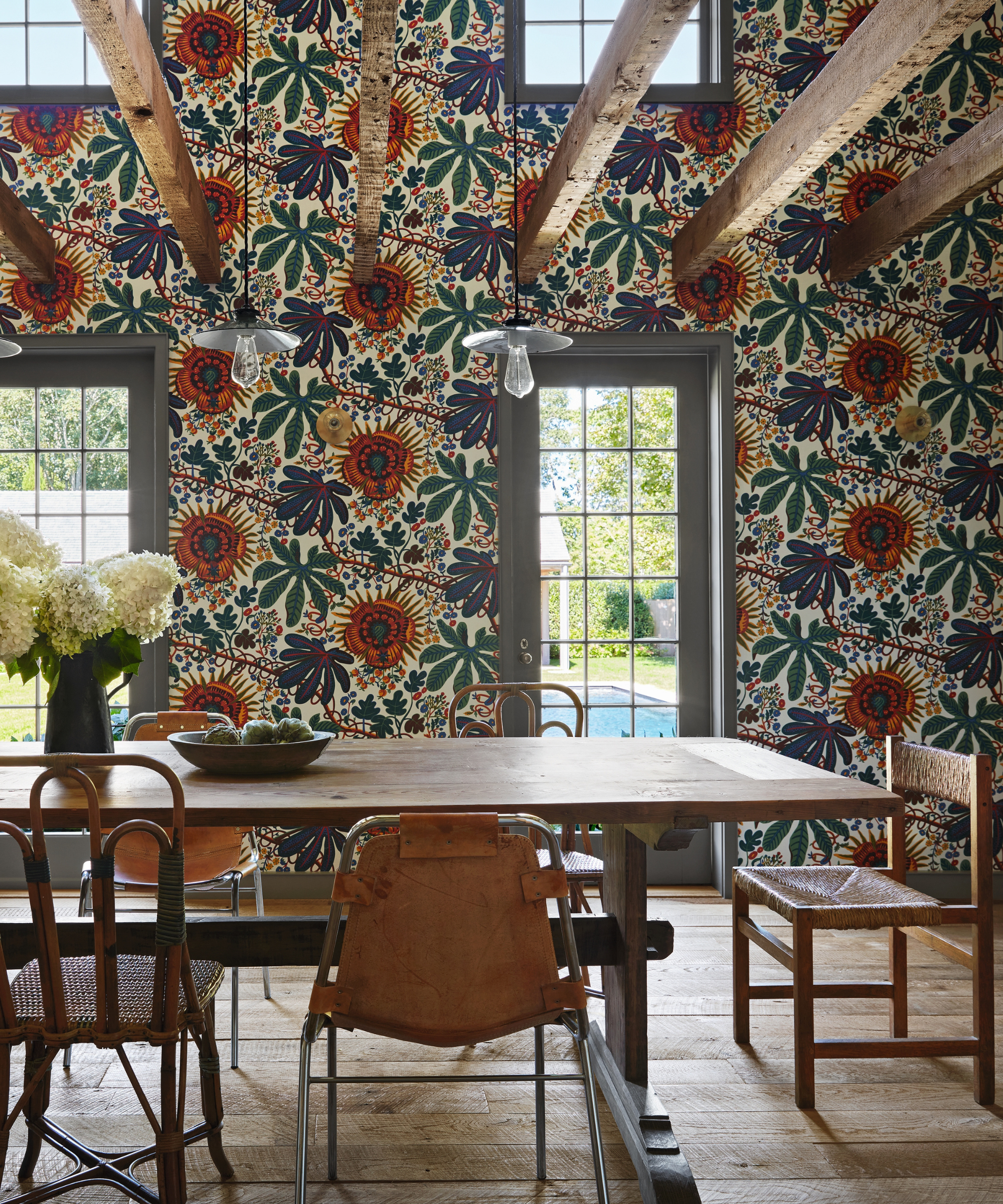
1. Liquid starch method: 'One popular method is to use liquid starch to make regular wallpaper removable,' says Shlomo Cherniak. 'Applying liquid starch to the wall using a paint roller, then applying the wallpaper and roll over it again allows the wallpaper to be easily removed later on.'
2. Double-sided tape method: 'Another option is to use double-sided tape to make regular wallpaper removable. Apply double-sided tape along the edges and corners of the wallpaper, as well as in the middle if needed, to secure the wallpaper to the wall and make it easier to remove in the future.'
1. Prepare the wallpaper
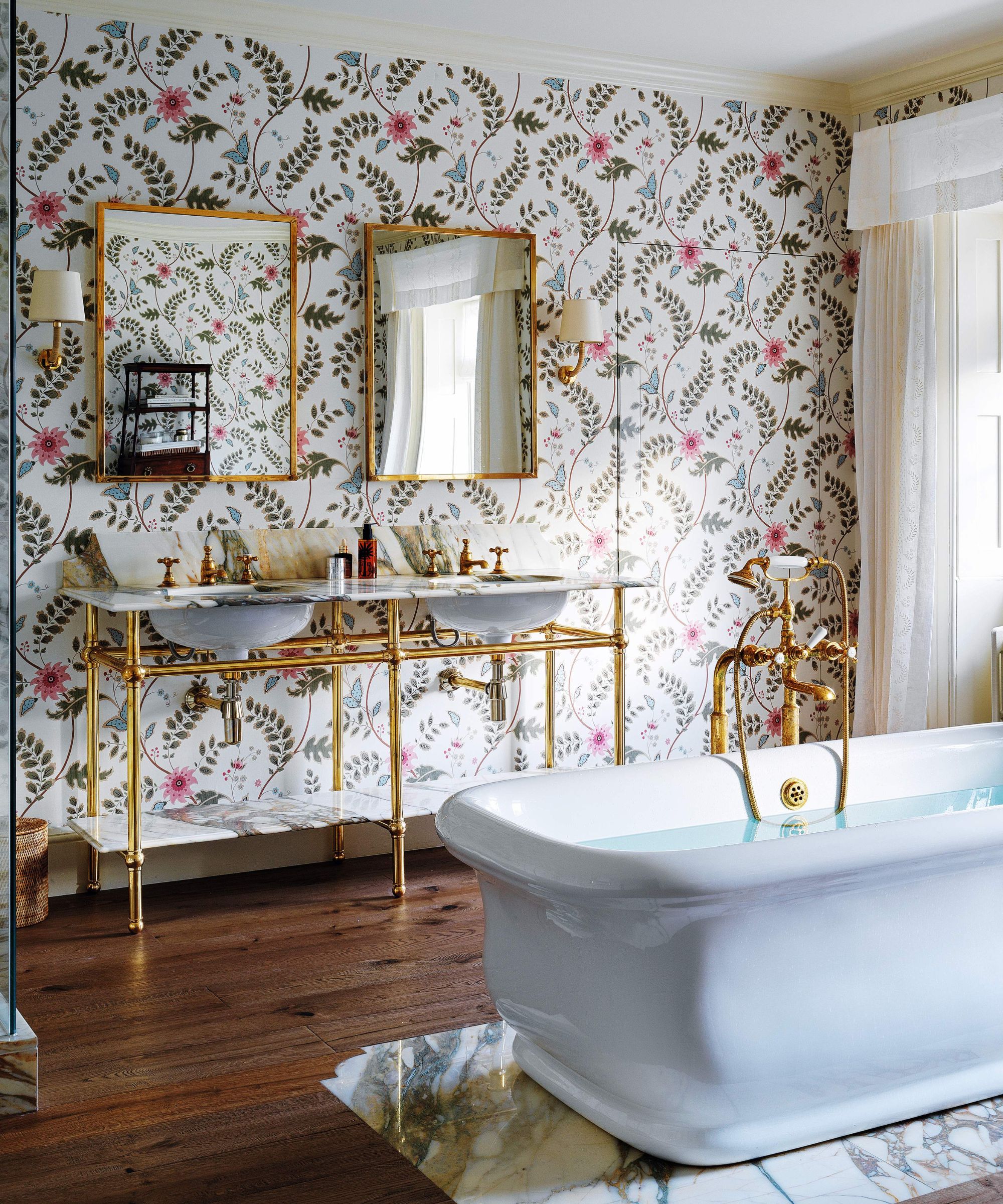
'Measure and cut your wallpaper according to the size of your wall or surface,' advises Ricky Allen, interior designer and director at Ever Wallpaper.
This should be done in manageable sizes or strips according to the dimensions needed for your wall.
2. Apply self-adhesive spray or double-sided tape
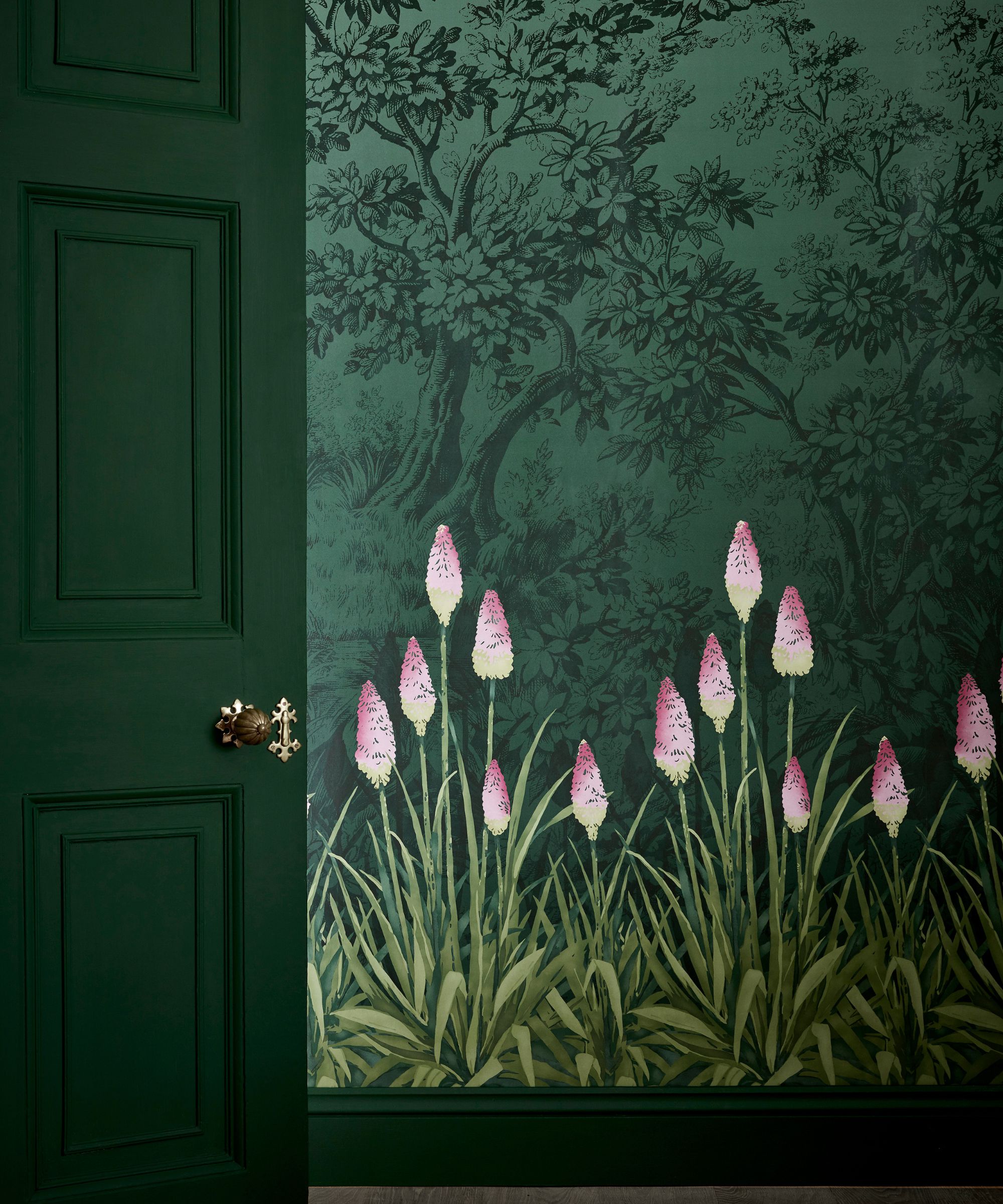
1. Apply liquid starch spray: Lay the wallpaper strip on a clean surface with the front (patterned) side facing down.
Apply a thin, even layer of self-adhesive spray or paste to the back of the wallpaper. If you are using a roller, ensure it is moist but not dripping with paste. Ensure the adhesive is applied across the entire surface but avoid applying too much, as excess adhesive can cause bubbling or difficulties during application.
2. Create a grid with the double-sided tape: 'First, you can create a grid on the wall with painter's tape and then apply double-sided tape along the lines to adhere the wallpaper,' says Eric Bramlett, owner of Bramlett Residential. 'Lay it out section by section. This helps get nice straight lines.'
3. Allow drying time (if using adhesive spray or paste)
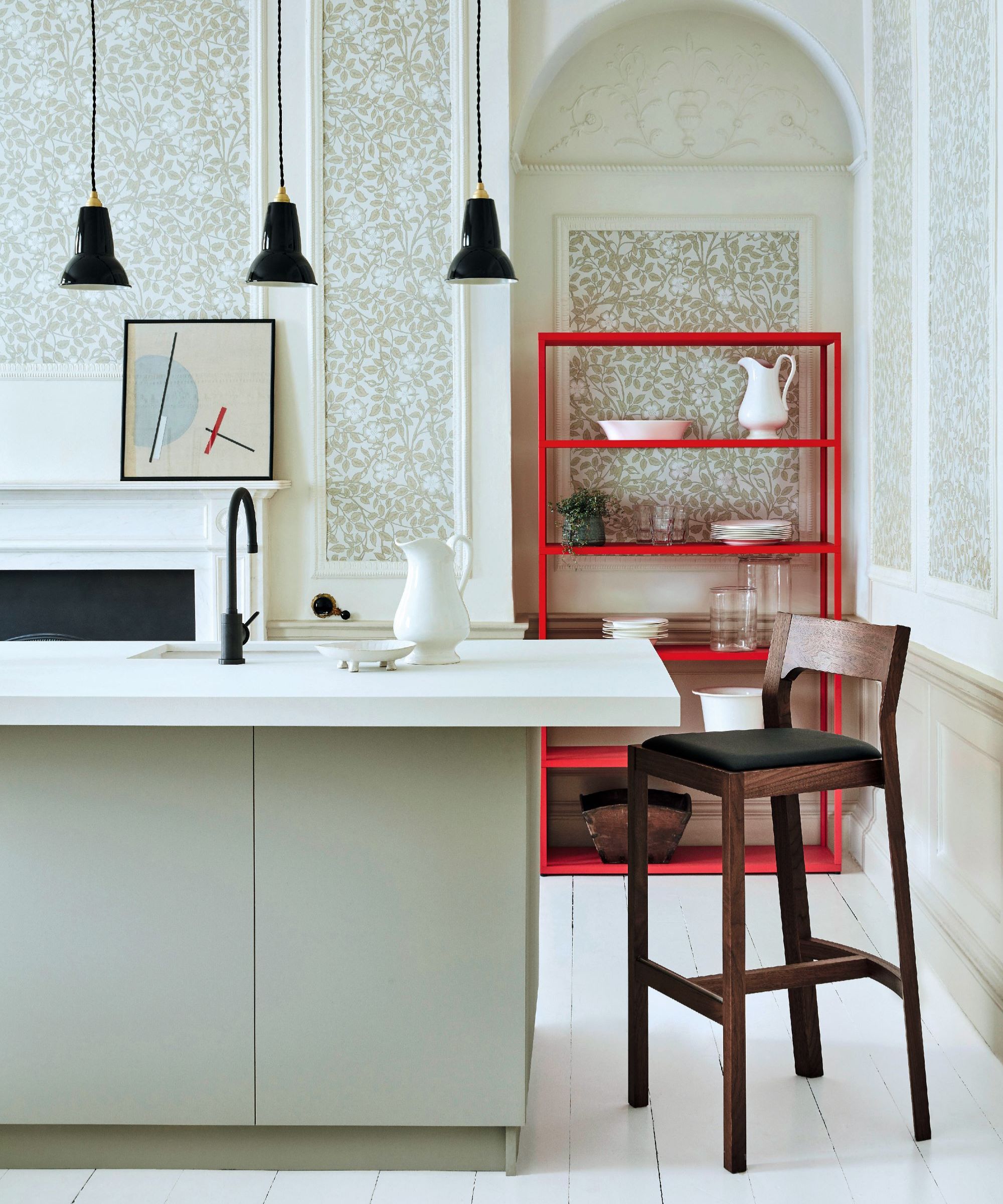
Follow the instructions provided with the adhesive spray or paste regarding the recommended drying time. Allow the adhesive to become tacky before moving on to the next step.
Ricky Allen recommends: 'Let the adhesive sit for about 30 seconds to become tacky.'
4. Application
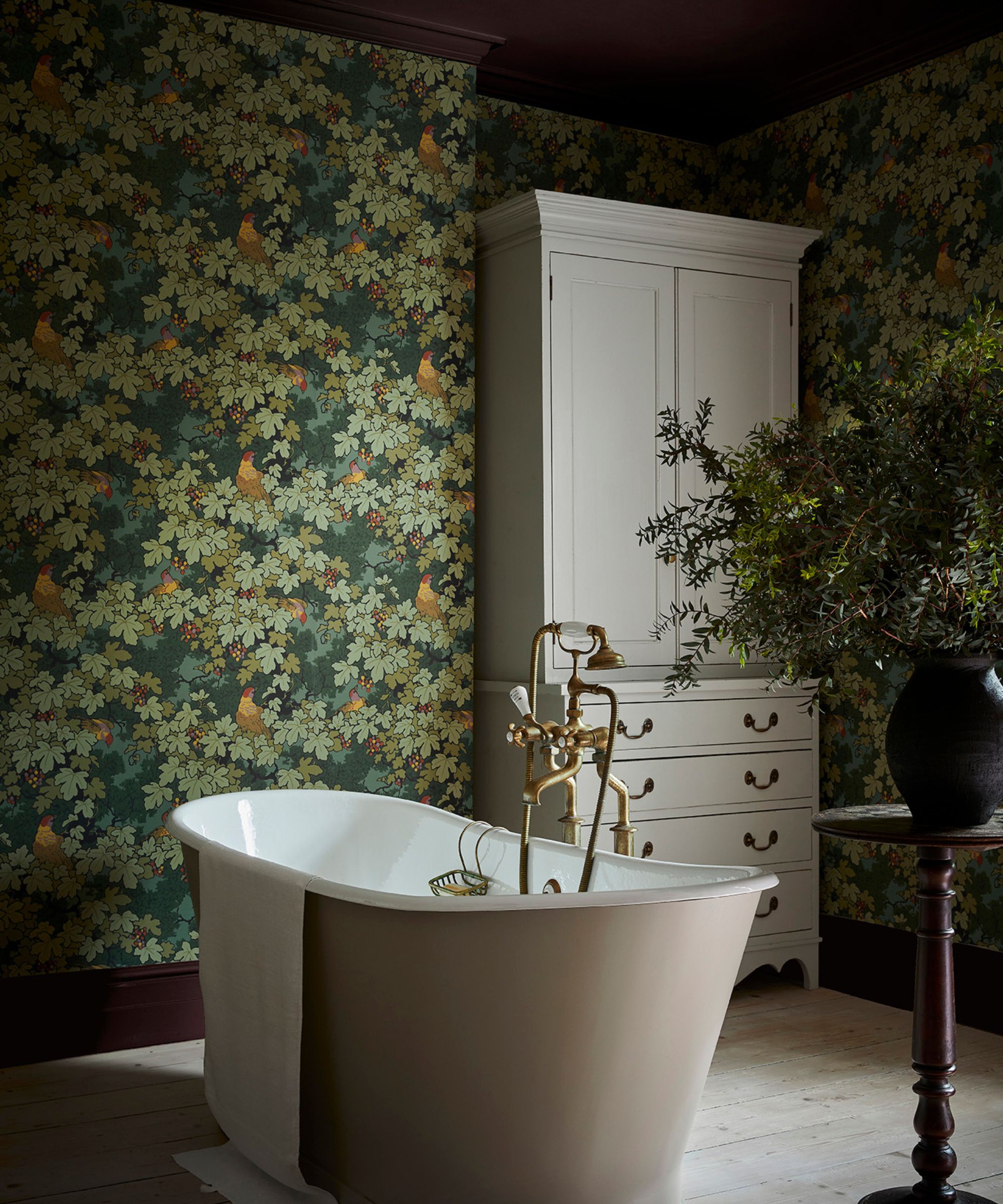
Next, carefully position the wallpaper strip onto the wall, starting from the top.
'Use a ruler or straight edge to press down the wallpaper to smooth out any air bubbles and ensure it is firmly adhered to the wall,' says Ricky Allen. You could also use a roller or squeegee.
If the adhesive allows for repositioning, you can adjust the wallpaper during application to ensure proper alignment and remove wrinkles and bubbles.
Ensure a secure bond by sealing the edges with extra adhesive if needed. This step helps prevent peeling over time.
5. Trim excess material
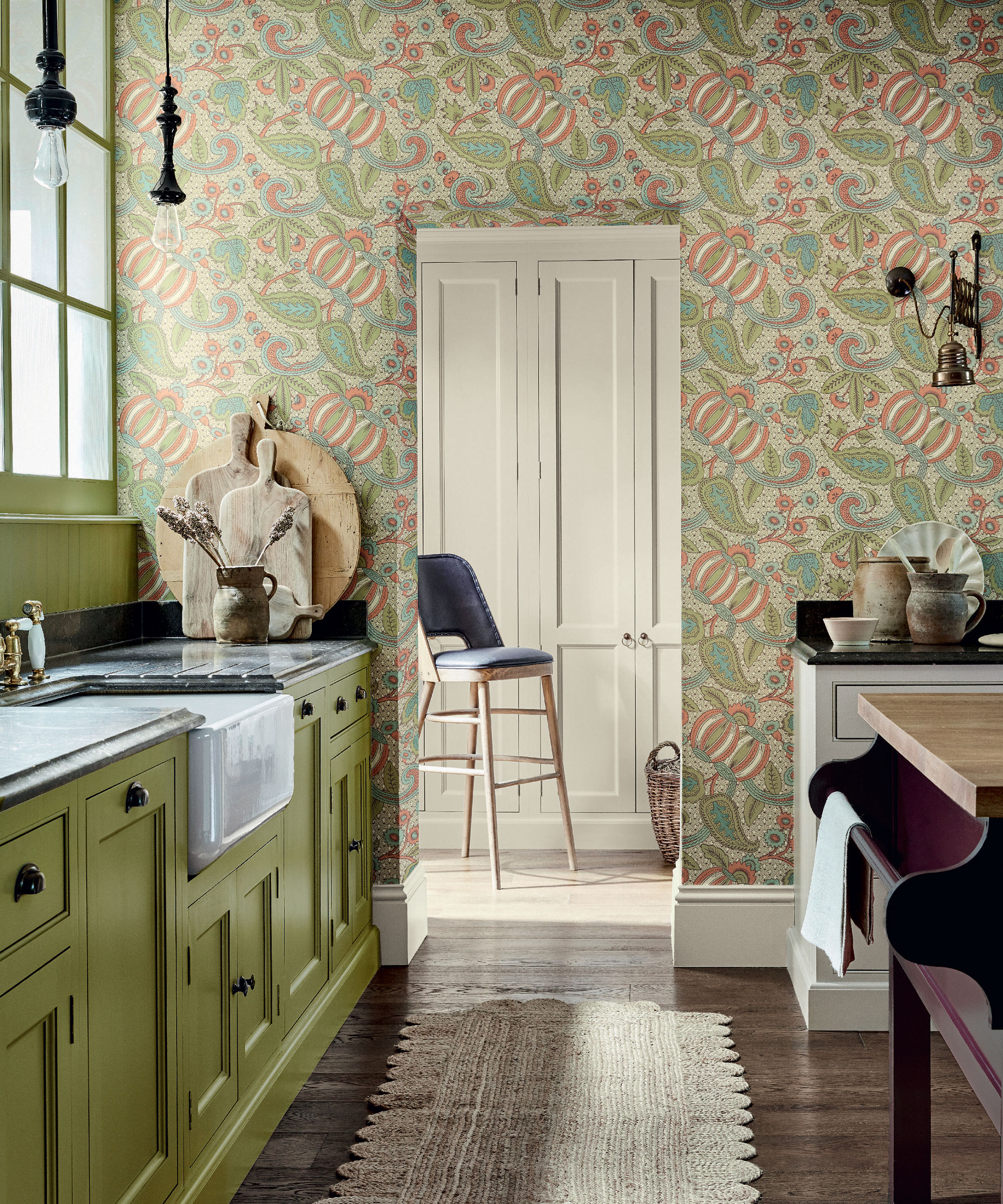
'Next, trim any excess wallpaper using scissors,' says Ricky Allen. Use a cutting knife or scissors to trim any extra paper from the edges of the wallpaper strips, ensuring clean and straight edges.
6. Repeat the process
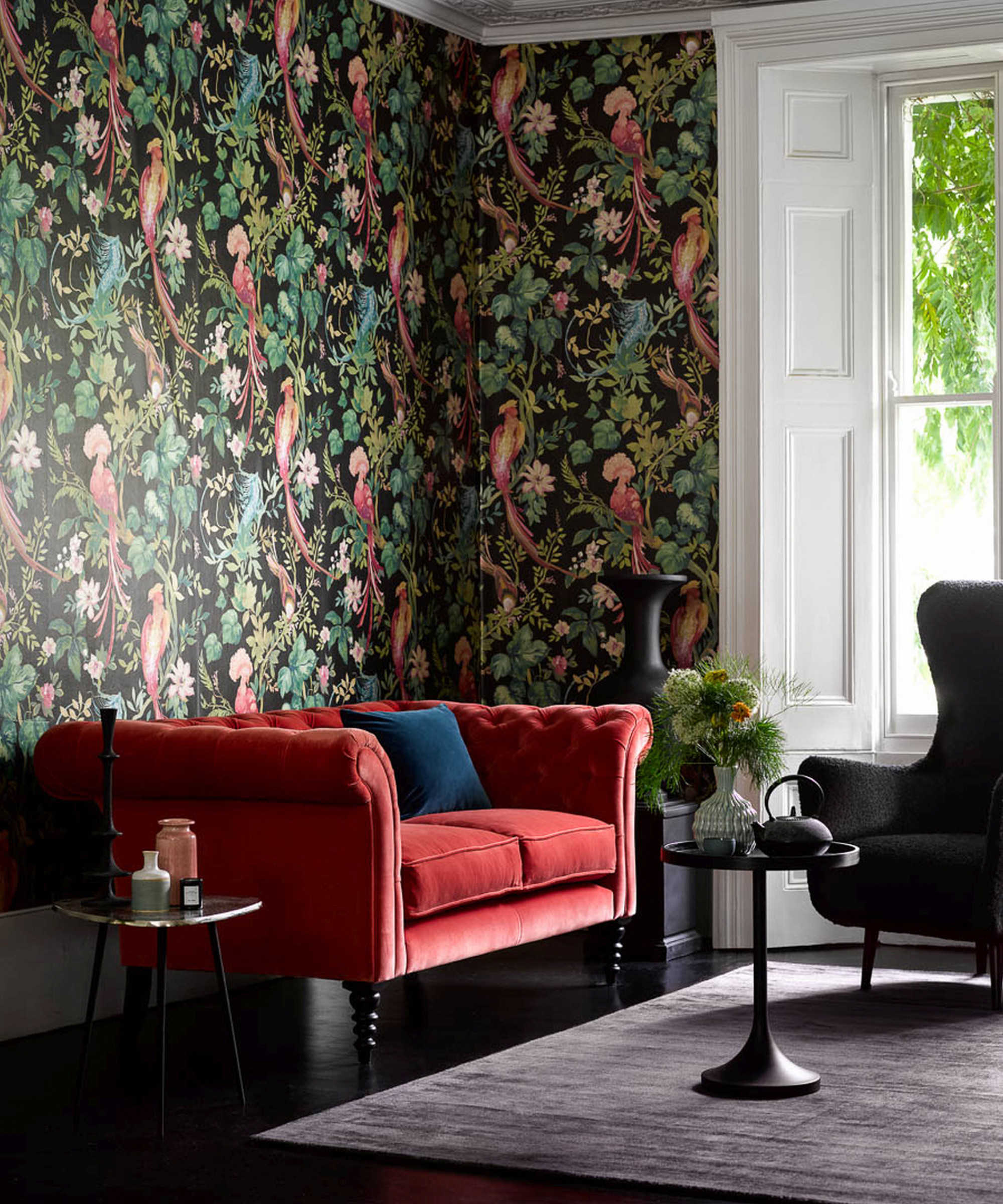
Continue applying adhesive and hanging wallpaper strips until the entire wall is covered.
FAQs
How do you remove peel-and-stick wallpaper?
'To remove the peel-and-stick wallpaper, pull at one corner and slowly peel it off. If any residue is left behind, you can use rubbing alcohol or warm, soapy water to clean it off easily,' says Ricky Allen Director and Interior Designer at Ever Wallpaper.
'If you successfully turn regular wallpaper into peel-and-stick, you may be able to reuse the wallpaper in the future. Non-pasted traditional wallpaper can peel off in perfect sheets that can be used again and again,' says Shlomo Cherniak.






